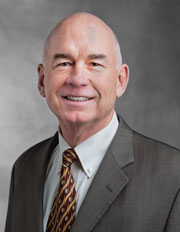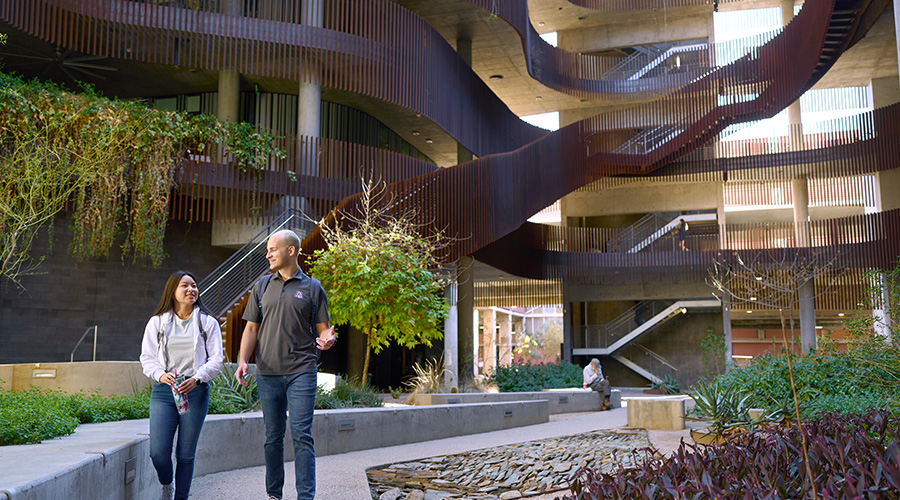Overcoming Challenges With Large-Scale Construction
From securing and prioritizing funding to developing and maintaining in-house specs, here is advice on how to manage construction projects in large portfolios.
One challenge that comes with very large portfolios is setting priorities for which projects receive funding. Like many facility managers who oversee hundreds of locations, John De Benedictis, Canadian facilities director with TD Bank Group, fields requests for changes and upgrades from far-flung building managers and end users. In his role, De Benedictis manages the Canadian real estate network for TD Bank, which consists of more than 1,400 locations totaling more than 12 million square feet.
 “We want to make decisions on fact, not based on who has the loudest voice.” — John De Benedictis, Canadian facilities director, TD Bank Group
“We want to make decisions on fact, not based on who has the loudest voice.” — John De Benedictis, Canadian facilities director, TD Bank Group“Every facility manager will argue that their need for funds for their location is more urgent than others,” De Benedictis says. Unless those charged with allocating funds can see the properties and understand their history, it’s hard for them to identify the ones at which their money can best be used.
To address this challenge, De Benedictis developed an online tool that allows him and his colleagues to quickly review a range of information about each site, including pictures, a virtual tour, an aerial map, a floor plan, previous spending, and all historical capital requests, approvals, and supporting documentation. “In a matter of minutes, we can do a deep dive into a location,” he says.
The tool started as a photo library; the facility managers would take pictures of each site during their annual evaluations. De Benedictis worked with a computer programmer to add the additional fields.
To maintain security, the site doesn’t post customer or employee faces. It also doesn’t include sensitive information on alarm or security systems. De Benedictis can allow varying levels of access to the system. For instance, if marketing employees are creating a poster campaign and need to know window sizes, they can use the tool to look at different locations. “Other stakeholders use the tool,” he says.
“We want to make decisions on fact, not based on who has the loudest voice,” De Benedictis says. The tool enables “quick, informed decisions,” he says.
In-house specs speed planning
Banner Health System has a goal of “reaching care out to patients,” by offering different services, including rehabilitation and urgent care, throughout the communities in which it operates. As a result, both the number and diversity of projects are increasing. For Kip Edwards, vice president, facilities services, and his team, that goal has caused a significant jump in project volume. The team is managing about 470 projects, up from the previous average of 350 projects.
 “We help our customers prioritize their work so we can be more effective.” — Kip Edwards, vice president, facilities services, Banner Health System
“We help our customers prioritize their work so we can be more effective.” — Kip Edwards, vice president, facilities services, Banner Health SystemPreviously, Edwards and his team tried to meet all requests for their services. That’s no longer feasible. Now, before taking on a new project, he’ll discuss the other projects that will need to be set aside to accommodate it. “We help our customers prioritize their work so we can be more effective,” he says.
In-house standards and specifications help handle the surge in construction projects. “These let us move much more quickly,” he says. “We can grab a template and show if it (a potential site) will fit or not.” As a result, the teams start with a solid idea of the work and cost required to ready a new site.
In developing effective standards, thoroughness is key. For instance, Banner has a standard design for its urgent care centers, even though they’re leased. “We do a full job, knowing we’ll adapt it each time,” Edwards says.
That’s especially important in healthcare, as more care moves from traditional hospitals to diverse facilities located across communities. “We need to be prepared to support the changes,” Edwards says.
Related Topics:
















